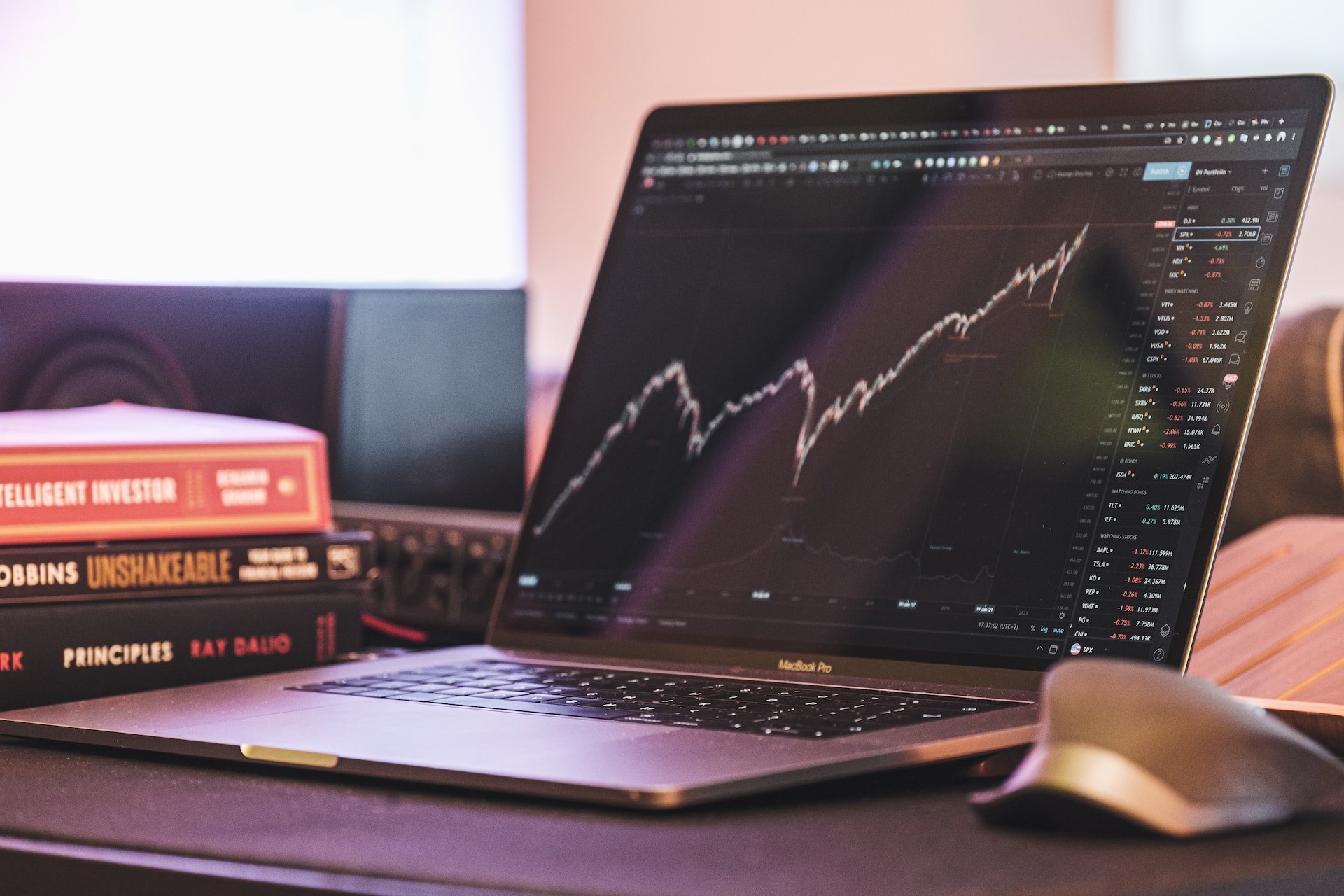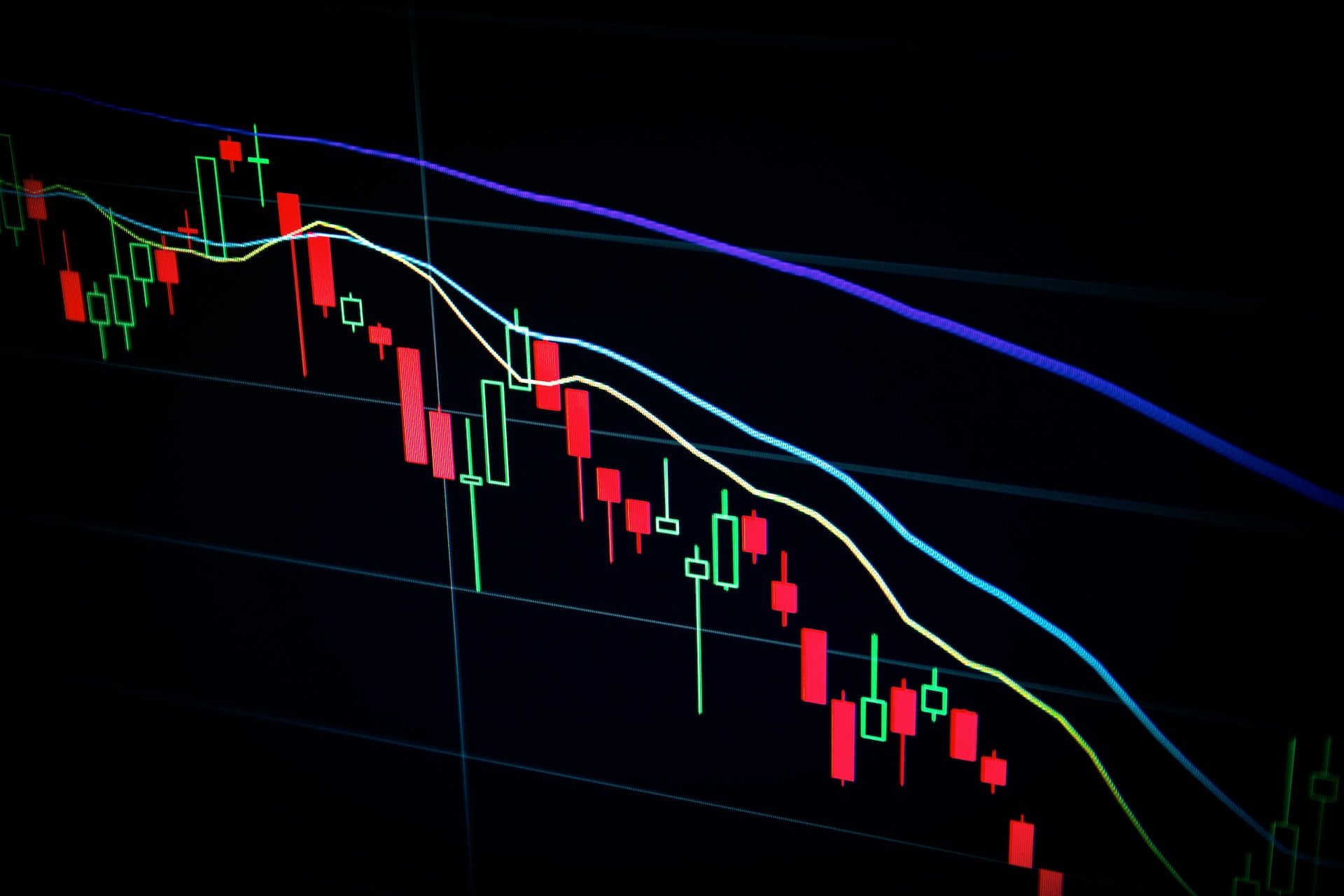
The math is simple: the more money you invest in the stock market, the more you can potentially earn.
Investors can improve their chances of a successful investment by buying stock on margin. When you buy stock on margin, you essentially receive a loan from your broker. The goal is to use that money to increase your investment, then repay the loan while keeping your profits.
Sounds easy, right? Not so fast. There are a few things you need to know about the mechanics and risks of margin trading. Keep reading to learn more about the process before opening a margin account of your own.

What Does It Mean to Buy on Margin?
Some stock brokers allow investors to buy on margin, meaning the broker will lend the investor additional money to put toward a particular stock or set of securities. Investors love this option, as it amplifies their ability to generate high returns.
For instance, imagine you invest $5,000 in a high-performing stock, and the stock’s value increases by 12%. That means your stock is now worth $5,600. However, if you’d invested an initial $10,000, you’d now be sitting on $11,200, a profit of over $1,000.
That’s what margin trading does — you put up some of your own cash, then borrow the rest from the broker. This allows you to make larger investments without fronting the money yourself or liquidating your other assets.
How Does Buying Stock on Margin Work?
To buy stock on margin, you’ll first need to open a margin account with your stock broker. The actual amount of margin will depend on a preliminary financial review to assess your creditworthiness.
Once you’re approved, your broker will ask you to purchase stock using some of your own money. They’ll then chip in with the margin.
Initial Margin vs. Maintenance Margin
When purchasing stocks on margin, you’ll use your own funds along with the money you receive from the stockbroker.
The money you invest is known as your “initial margin.” But the broker will also expect you to hold a specific percentage of the position in your account. This is known as the maintenance margin, and it’s usually 50%–75% of the initial margin.
If your stock dips below the maintenance margin, your broker will require you to deposit additional funds to bring the fund up to the appropriate level. Otherwise, they may close out your position.
Margin Fees and Interest Rates
Since you’re basically borrowing money from your broker, you’ll eventually have to repay this loan plus interest. Most brokers will also charge you monthly interest, which will automatically be deducted from your brokerage account.
This also raises the risk factor. If your stock performs well, you’ll simply pay back the margin with the money you’ve earned from the market. If it doesn’t do favorably, though, you’ll have to repay the broker using your own financial resources. This can be particularly risky for investors with limited funding.
How Much Does Margin Cost?
How do margin rates work? The exact fees and rates will vary by broker and can also differ depending on your creditworthiness. Typical margin rates can range from 5% to 6% all the way to 13% or higher.
Again, these interest rates will require monthly payments, which can be deducted directly from your margin account. This will therefore add to the cost of your total transaction and can potentially even impact your maintenance margin.
Keep in mind that these rates aren’t fixed. Margin rates can fluctuate, particularly as the US Federal Reserve continues to adjust interest rates. As a result, margin traders may see their costs increase or decrease the longer they hold a position on margin.
Advantages of Buying Stock on Margin
On the plus side, margin trading offers investors some unique advantages, including the following.
Gain Access to Higher Earning Potential
If there’s one major benefit to buying stock on margin, it’s that you’ll gain access to the financial resources you need to achieve higher returns. After all, if you can double your initial investment, you’ll double your future gains. That’s good news for investors who might not have the immediate cash to sink into a particular asset.
No Need to Liquidate Existing Assets
When you buy stock on margin, you’ll use the broker’s assets to complete the purchase. Doing so not only eliminates the need for you to invest your own money but also eliminates the need to liquidate other assets to complete the transaction.
Such an arrangement might also be a pathway to greater diversification since you’ll be able to purchase shares of stock in a company from another sector.
Takes Advantage of Bull Markets
Margin traders are most successful in bull markets when stocks are generally trending upward. Buying stock on margin lets investors capitalize on this trend, allowing the profits to cover the broker’s loan and any attendant interest.
The Risks of Buying Stock on Margin
Despite the earnings potential, there are some considerable risks associated with buying stock on margin.
You Can Lose More than You Invest
Think about the typical risk of stock market investing — if you sink $1,000 into a stock and it tanks, the most you can lose is $1,000. But in margin trading, you can lose even more. That’s because you can lose your initial margin (the money you invest) and also be stuck repaying the broker for the margin they’ve provided you.
Investors should never invest more than they’re prepared to lose. Margin trading can be a good way to get in over your head.
You Could Face a Margin Call
Remember, your broker will require you to maintain a certain balance in your margin account, which is known as your maintenance margin. If your account dips below this level, you’ll receive what’s known as a margin call. When this happens, you’ll either have to deposit more money (of your own) or sell the security and repay what you owe.
You’ll Face Margin Fees
Most brokerage accounts don’t carry ongoing fees unless you set up a margin account that does. However, buying on margin involves paying interest on the amount the broker lends you in addition to a small series of additional brokerage fees.
In other words, a margin account isn’t just free money. You’ll have to deduct these fees and costs from your final earnings, which can make this a less-than-lucrative investment strategy.
Final Word: Is Margin Trading a Good Idea?
Should you open up a margin account?
On the one hand, you stand to amplify your earnings, especially during a bull market. But what was one major danger of buying stock on margin? That’s right — you stand to lose even more than you invest if the stock performs poorly.
Which does buying on margin involve more of, brains or guts? It’s tough to say. Ultimately, it will come down to your available resources and appetite for risk.
Granted, your broker will issue a margin call before the stock can plummet entirely, but short-term price changes are challenging to predict. Remember GameStop? Its stock price may have soared for a while, but the sudden reversal no doubt left many investors facing a margin call.
In short, if your risk tolerance level is on the lower side, it may be best to stick to a traditional investing solution. Your greatest gains will be long-term, without the worries that come from margin accounts, interest rates, and more.

Research You Can Trust
Gorilla Trades exists to empower investors to reach their greatest potential. That’s why we offer exclusive access to a library of resources and stock research tools. Sign up for your free trial and we’ll provide 30 days of stock picks absolutely free.
